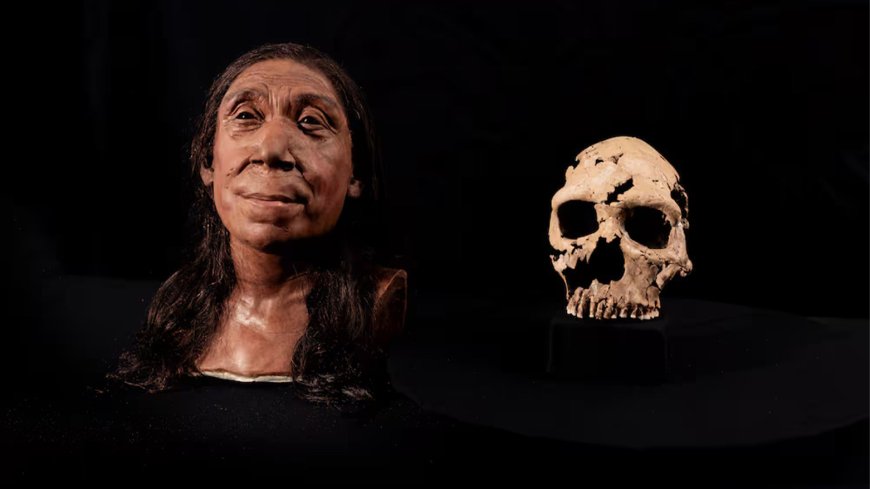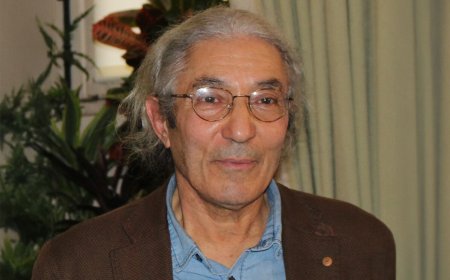Cambridge University to Conclude Research on Shanidar Z
Head of Archaeology department in Mergasor Soran Amir confirmed that the two-year contract with Cambridge University remains in effect, after which the Neanderthal remains will be returned to Kurdistan.

The fate of Shanidar Z, a remarkable Neanderthal discovery currently under research at Cambridge University, has been outlined in an exclusive statement to Kurdistan24 by Soran Amir, head of Archaeology department in Mergasor.
He confirmed that the two-year contract with Cambridge University remains in effect, after which the Neanderthal remains will be returned to Kurdistan.
Shanidar Z and the Future of Its Preservation
According to Amir, Shanidar Z is undergoing a meticulous scientific examination at Cambridge University in Britain.
Upon completion of the research period, an appropriate location in Kurdistan will be determined for its placement. The final decision, whether to house it in the Erbil archaeological site or at Shanidar Cave itself, rests with Cambridge University in collaboration with Kurdistan’s archaeological authorities.
Additionally, as part of the contract, Cambridge University has committed to designing and constructing a specialized archaeological site in Kurdistan for the preservation and display of Shanidar Z.
This initiative aims to bolster historical and scientific engagement while enhancing tourism and academic research in the region.
A Discovery That Redefines Neanderthal History
Shanidar Z has gained international prominence following the unveiling of a reconstructed face of the Neanderthal woman, estimated to be approximately 75,000 years old.
This revelation has captivated global media and sparked renewed discussions on human evolution, early cultural practices, and interactions between Neanderthals and modern humans.
Cambridge University’s publication of the reconstructed face has provided profound insights into the life and behavior of Neanderthals.
Through state-of-the-art excavation techniques and advanced scientific analysis, researchers have uncovered compelling evidence challenging the outdated perception that Neanderthals were primitive beings. Instead, the findings suggest a complex and sophisticated existence that included burial rituals and social structures.
Scientific and Cultural Significance
The discovery and continued research into Shanidar Z have significant implications for the study of early human history. Cambridge University’s work has demonstrated how Neanderthals shared cultural traits with early Homo sapiens, further narrowing the perceived gap between these two species.
The return of Shanidar Z to Kurdistan represents a monumental step in preserving the region’s rich prehistoric heritage.
Once the research concludes, the placement of Shanidar Z within an accessible and properly curated location will enable scholars, students, and the public to engage with this groundbreaking discovery firsthand.
Looking Forward
The collaboration between Kurdistan’s archaeological authorities and Cambridge University underscores the importance of international partnerships in uncovering and preserving historical artifacts. As the research enters its final phase, anticipation grows for the return of Shanidar Z and the establishment of a dedicated archaeological center in Kurdistan.
The unveiling of Shanidar Z’s face is more than just a scientific breakthrough; it is a testament to Kurdistan’s deep historical roots and its commitment to preserving humanity’s shared past. With ongoing advancements in archaeological research, the region continues to emerge as a pivotal location for understanding the complexities of ancient civilizations and their legacies.






































